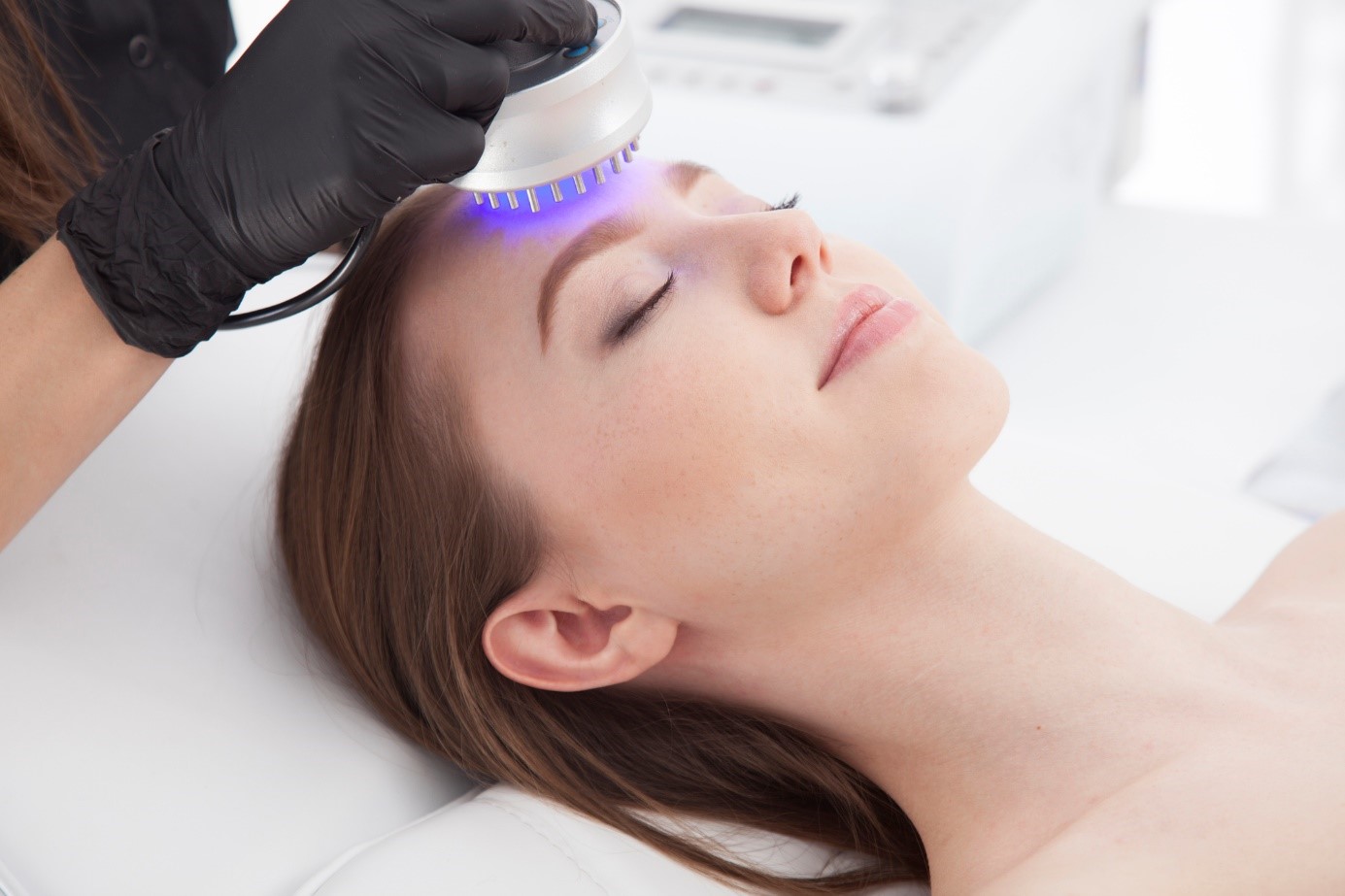Treatment of acne takes several forms: topical, general and physical
Treatment takes several forms.
Topical treatment
The doctor will comprehensively assess the skin condition and, depending on the type of acne, determine and suggest an appropriate treatment.
The first step of professional skin care is deep cleansing. If the person presents with large inflamed deposits, healing is preferred.
In the first stages of treatment, the application of topical preparations in the form of solutions, ointments, creams and gels is appropriate.
Table: Effects of medications
| MEDICATION | EFFECT |
| Benzoyl peroxide |
|
| Azelaic acid |
|
| Topical antibiotics (erythromycin, clindamycin) |
|
| Topical retinoids |
|
Individually prepared medications are an essential part of topical acne treatment.
They are kept in every dermatologist's office, since prescribing an individually prepared medicine gives the patient a tailor-made therapy. Acne therapy is dominated by solutions and ointments.
General treatment
If topical treatment does not achieve successful results, or if the acne progresses to a more severe degree, it is necessary to choose a combination of topical therapy with general treatment.
Acne treatment is a long-term process and requires patience on the part of the patient and adherence to the doctor's recommendations.
Table: Medications and effects
| MEDICATION | EFFECT |
| Oral antibiotics, tetracycline antibiotics (tetracycline, doxycycline, minocycline)macrolide antibiotics (erythromycin, azithromycin) |
|
| Isotretinoin |
|
| Hormonal therapy |
|
Physical and complementary treatment of acne
Physical treatment includes phototherapy.
Phototherapy uses light of a certain wavelength that absorbs protoporphyrin IX (found in bacteria and yeast). Once the light is absorbed, the protoporphyrin IX molecules are broken down, resulting in the formation of oxygen radicals that are toxic to the bacteria.
This way, the inflammatory manifestations of acne are relieved.
Another option for the physical treatment of acne is the so-called photodynamic therapy.
This method uses the synergistic effect of aminolevulinic acid (a photosensitive substance) and light of a certain wavelength (415 nm, so-called blue light, or 633 nm, so-called red light).
The result of such treatment is the apoptosis of sebaceous gland cells and the destruction of yeast and bacteria.
The Smoothbeam laser uses pulse emissions and laser energy with a wavelength of 1450 nm to reach the deeper parts of the skin where the sebaceous glands are located.
The result is a reduction in sebum production.
Cryotherapy (cooling treatment) is one of the most commonly used methods.
It is mainly indicated for the treatment of acne papulopustulosa. The surface treatment effectively relieves inflammatory manifestations and reduces sebum production.
Chemical peeling is used to treat acne comedonica, acne papulopustulosa and acne scars. After peeling, the skin is moisturized, softer and smoother.











